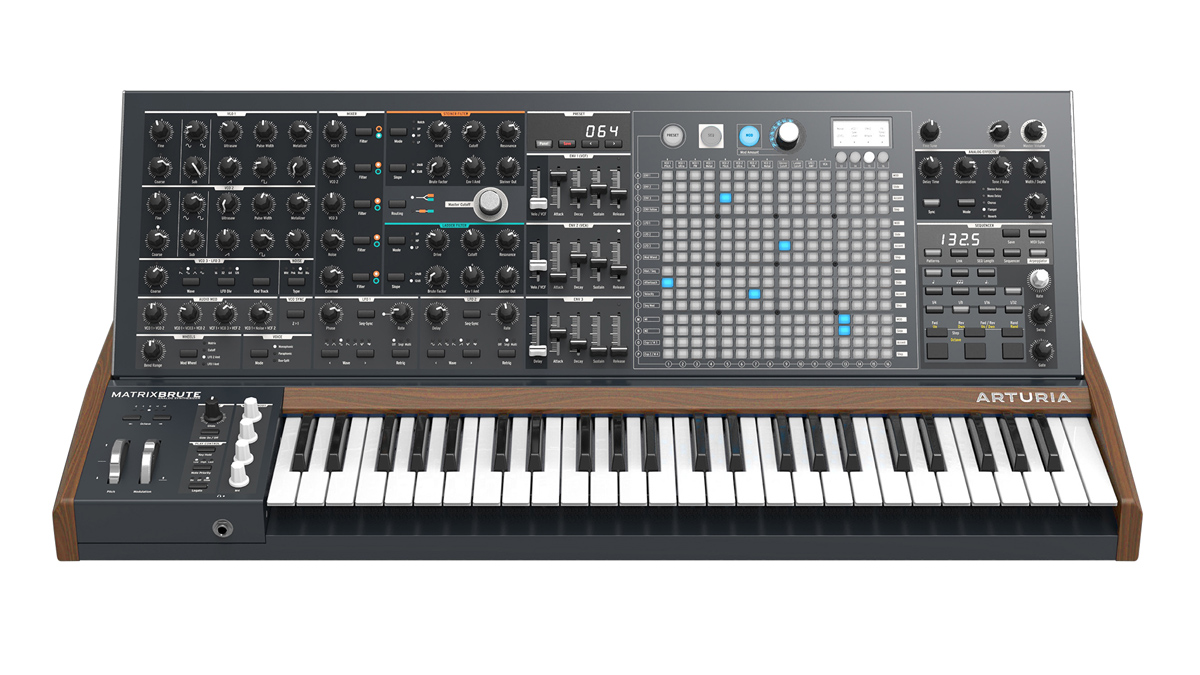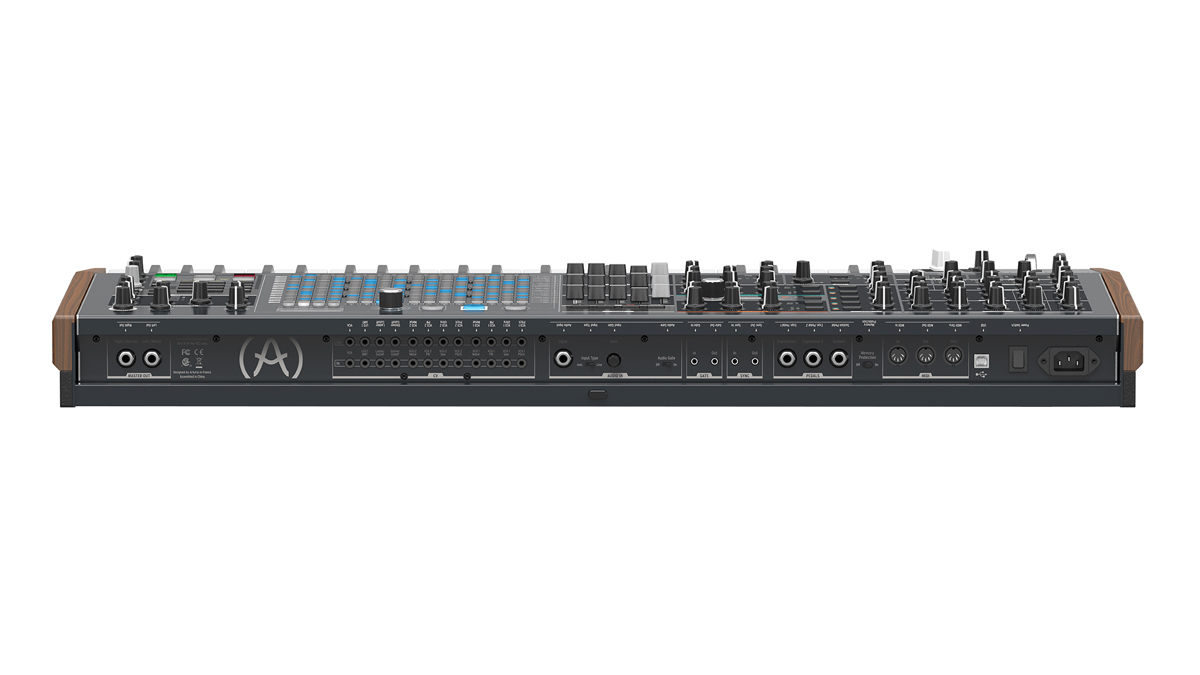NAMM 2016 VIDEO: Arturia promises modulation magic with MatrixBrute analogue synth
Are we looking at a new classic?

Arturia MatrixBrute

Arturia MatrixBrute
NAMM 2016: A lot has happened since Arturia announced its MiniBrute analogue synth in 2012. Since then, 'affordable analogue' has officially become a thing - so much so that we almost take it for granted.
Arturia was going to have to raise the bar somewhat if it wanted to wow us all over again, then, and with the MatrixBrute, it might well have done precisely that.
This 49-note monophonic/duophonic instrument provides you with two analogue VCOs, one core VCO/LFO, and extensive FM and Sync inter-modulation. There are also two multimode filters - the aggressive Steiner Parker combined with a classic ladder filter design - that can be routed in series or in parallel. You'll notice three envelope generators and two syncable LFOs, too.
The big talking point, however, will be the 16x16 modulation matrix, which enables complex modulation routing options and extensive sound design possibilities. You can assign any of 16 modulation sources to any of 16 modulation destinations (four of which are user programmable) and set the amounts of each modulation routing using the dedicated data encoder. Presets can be saved in the 256 available locations.
The matrix panel can also be used to control the built-in 64-step sequencer, while there's more sound design fun to be had in the BBD delay section. This promises everything from classic analogue delay to choruses, flangers and reverbs. Thanks to an audio input, the delay can be used to process external audio, too.
Other connectivity options include MIDI, USB, 24 CV connections and audio outputs.
No news yet on when the MatrixBrute will be released or how much it'll cost, but you can find out more on the Arturia website.
Get the MusicRadar Newsletter
Want all the hottest music and gear news, reviews, deals, features and more, direct to your inbox? Sign up here.



I’m the Deputy Editor of MusicRadar, having worked on the site since its launch in 2007. I previously spent eight years working on our sister magazine, Computer Music. I’ve been playing the piano, gigging in bands and failing to finish tracks at home for more than 30 years, 24 of which I’ve also spent writing about music and the ever-changing technology used to make it.









